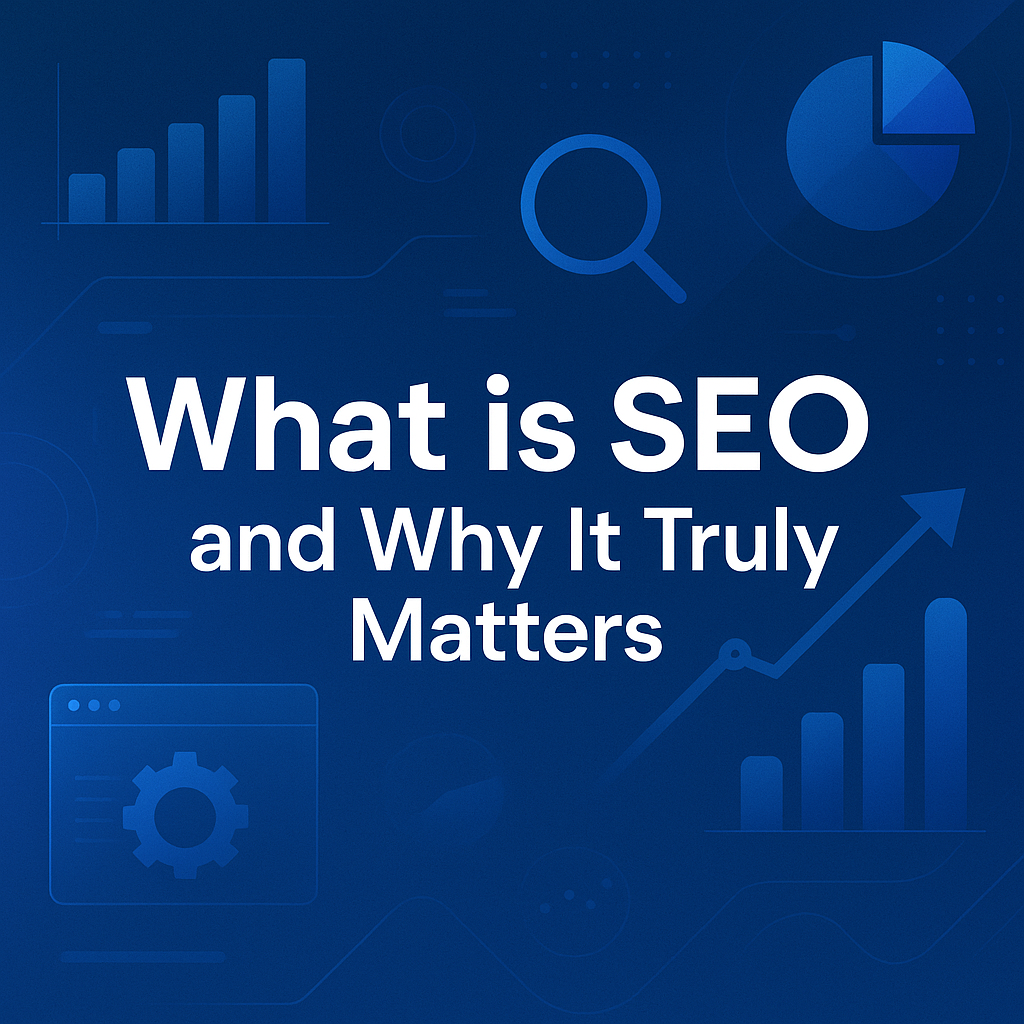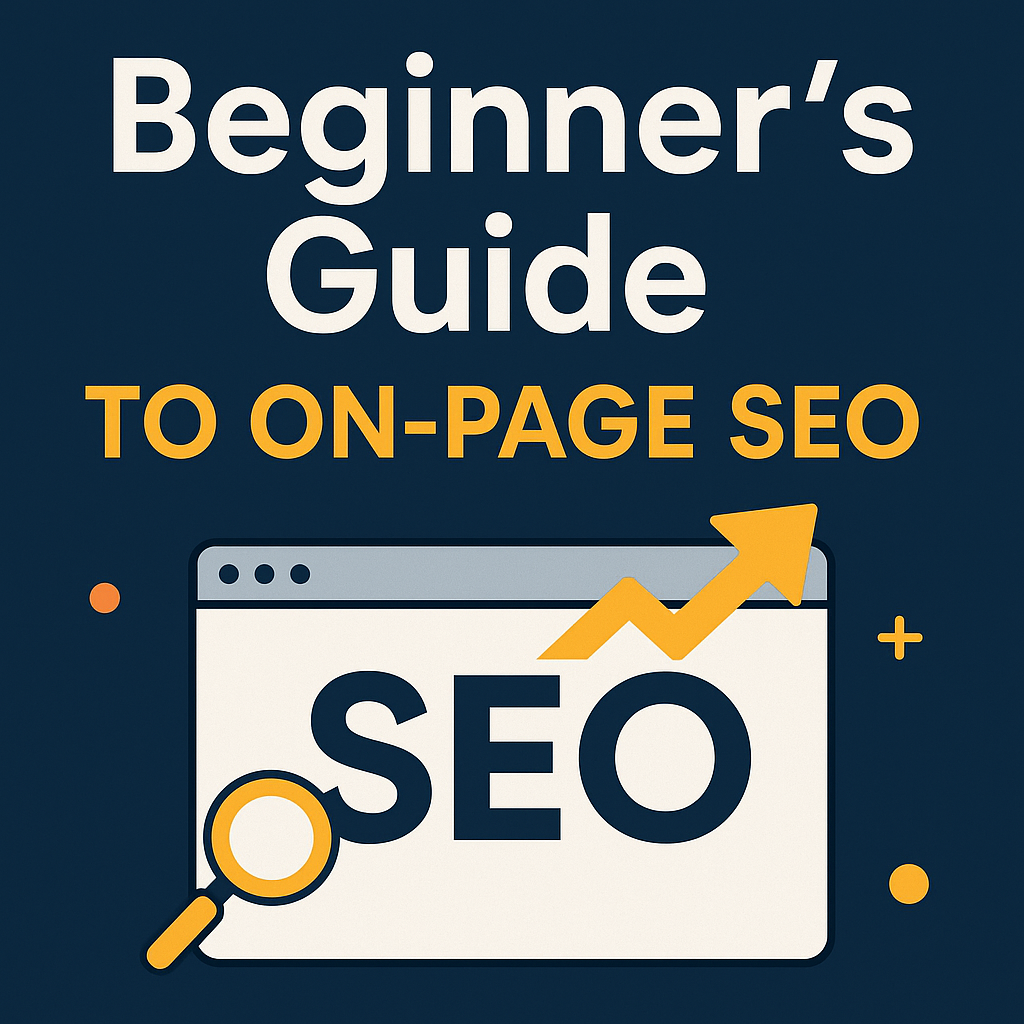In the competitive world of digital commerce, content marketing is not just a buzzword—it’s the engine that drives visibility, engagement, and revenue. As we enter 2025, businesses that master the art of delivering relevant and engaging content consistently outperform their competition. Whether you’re running a Shopify store, a WooCommerce site, or a custom e-commerce platform, your content strategy can make or break your success.
1. Why Content Marketing Remains Irreplaceable
According to recent research from HubSpot and Semrush, websites that prioritize blogging and content development see 55% more visitors and 67% more leads compared to those that don’t. High-quality content educates your audience, builds trust, improves SEO rankings, and boosts conversion rates. In a time when paid ad costs are rising, content provides a long-term, sustainable acquisition channel.
2. Multi-Channel Strategies That Work
Successful brands in 2025 don’t just blog—they diversify their content approach. Some effective content channels include:
- Responsive websites optimized for speed and mobile usability.
- Branded mobile apps that integrate personalized content and offers.
- Email marketing, still the king of ROI, with personalized content workflows.
- Short-form video content for platforms like TikTok and Instagram Reels.
- AI-powered chatbots and product advisors that deliver content in real-time.
When these tools are combined with insightful content, you create an ecosystem that pulls users back into your funnel again and again.
3. SEO-Driven Content Updates: Why Freshness Matters
Search engines like Google now prioritize fresh, relevant content over static web pages. Regularly updating your content with new data, insights, and keywords helps:
- Improve indexing frequency.
- Increase dwell time (how long users stay on your page).
- Enhance authority and ranking on high-intent keywords.
Tools like SurferSEO and Frase can help you identify outdated posts and optimize them with the latest search data.
4. Using Content to Attract and Convert
Every stage of the buyer’s journey benefits from strategic content:
- Awareness stage: Blog posts, infographics, and social media explainers help introduce your brand.
- Consideration stage: Product comparison pages, reviews, and tutorials aid decision-making.
- Decision stage: Case studies, testimonials, and targeted emails push the user toward purchase.
By tailoring content to each funnel phase, you nurture cold traffic into loyal customers.
5. Crafting Purpose-Driven Content
Before creating any content, ask:
- Who is my target audience?
- What pain points am I solving?
- What is the intended action (click, buy, share)?
Tools like Google Trends and AnswerThePublic can help spark relevant content ideas. Use SMART goals (Specific, Measurable, Achievable, Relevant, Time-bound) to align content efforts with business outcomes.
6. Advanced Keyword & Link Strategies
Ranking in 2025 requires more than just stuffing keywords. Here’s what works now:
- Long-tail keywords: Target low-competition, high-intent searches.
- Semantic search: Optimize for related terms, questions, and topic clusters.
- Internal linking: Boost SEO by connecting pages contextually.
- High-authority backlinks: Use PR, guest posting, and digital partnerships to acquire quality links.
Use platforms like Ahrefs, Moz, or Ubersuggest to monitor keyword gaps and backlink opportunities.
7. Make It Visually Engaging
Your audience expects more than plain text. Multimedia content can increase retention and shares:
- Explainer videos increase conversion by up to 80%.
- Infographics can generate 3x more engagement on social media.
- Case studies and data reports establish authority and trust.
Tools like Canva, InVideo, and Lumen5 make it easy to create rich media without needing a design degree.
8. Personalize for Your Target Audience
Generic content doesn’t convert. Personalization boosts relevance and click-through rates. Here’s how:
- Segment your email list based on behavior and preferences.
- Use dynamic website content that changes based on user actions or location.
- Craft copy in the tone and style your audience relates to—whether it’s casual, technical, or emotional.
9. Consistency Over Perfection
Publishing one high-quality article per month is better than ten low-value posts. Create a publishing calendar and stick to it. Over time, you’ll build topical authority, which Google rewards with higher rankings.
Content marketing is a marathon, not a sprint.
10. Measure and Optimize Performance
Don’t just create—analyze. Use tools like:
- Google Analytics 4 to track engagement and conversions.
- Hotjar to see how users interact with your content.
- Search Console to monitor impressions and click-through rates.
Experiment with A/B testing headlines, CTA buttons, and content formats to refine your strategy.
Final Thought: Content is Your Silent Salesperson
Content doesn’t sleep. It continues to educate, sell, and build trust even when you’re offline. By investing in a well-rounded content marketing strategy today, you’re setting your e-commerce store up for long-term profitability and brand loyalty.

